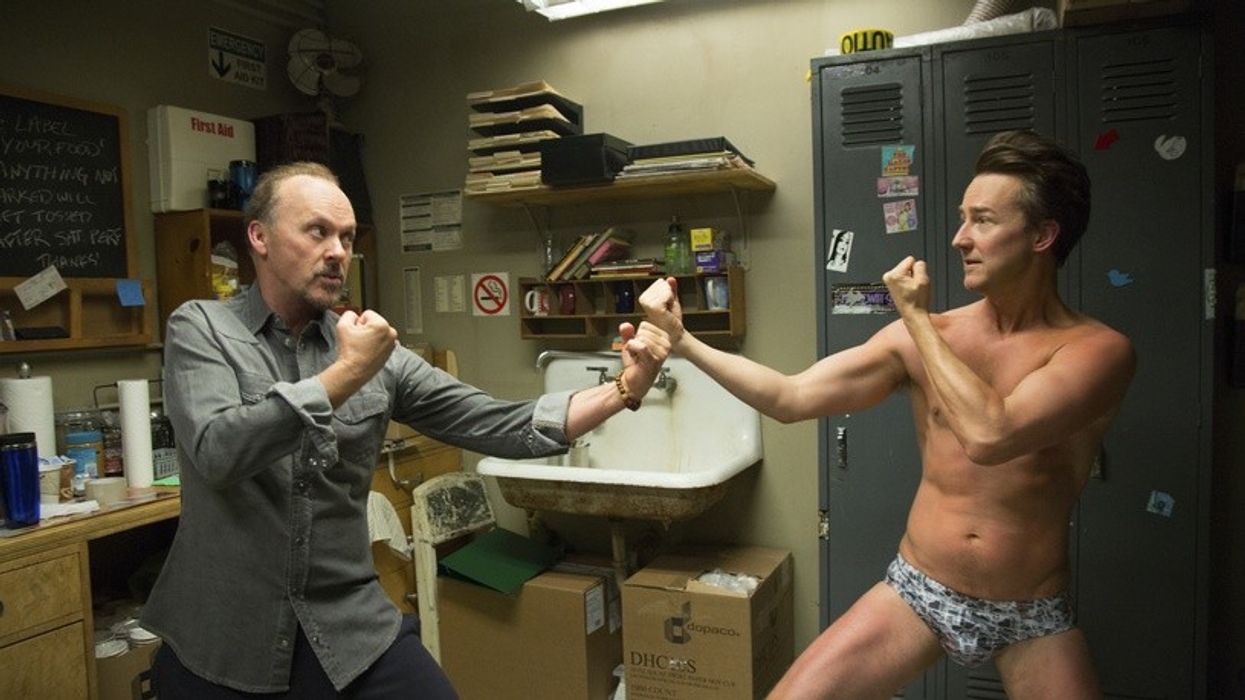For those of you who haven't seen the film yet (what the hell are you waiting for?!), Birdman takes us inside the life, mind, and borderline psychosis of Riggan Thompson, a washed-up movie star mounting a Broadway production in a last ditch effort to revive his career. But of course, it's more than that. It's a first person look into the heart of madness, and the film is full of stylistic devices which clue us into that. The inconsistency and seeming impossibility of physical space is one of those devices.
In a stellar video essay from De Filmkrant, Joost Broeren and Sander Spies delve deep into how these spatial inconsistencies inform the audience of and intertwine them with Riggan's madness.
It's hard to say for sure whether Birdman's outrageous and confusing use of space was born out of an artistic desire to clue the audience into Riggan's internal state of being, or whether it was simply born out of the fact that the film was shot on a number of different sets over the course of several months and then stitched together in post. Honestly, the latter seems more likely. But the fact remains that these inconsistencies work, and they work well. They undeniably benefit the film because they reflect and build upon the subtext that is already present.
It's safe to say that Birdman might not be as rich of an experience if the physical layout of the sets had been made to be less confusing. But that begs the question, even if this was done unintentionally, was it really a mistake?
Source: De Filmkrant












